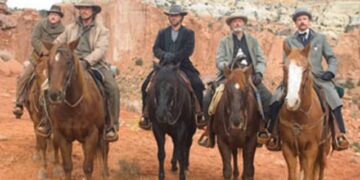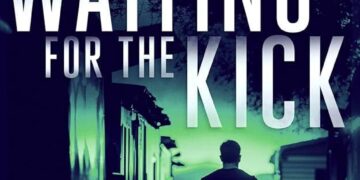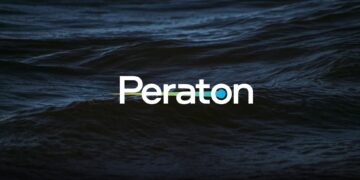For travelers on the 17-hour train from Stockholm to Abisko, there’s a shared goal— seeing the northern lights. The small town, about 150 miles north of the Arctic Circle, is one of Sweden’s northernmost settlements and has some of the clearest skies in Europe, a golden ticket for aurora hunters. The village’s unique microclimate produces a “blue hole” phenomenon, or sky-clearing jetstreams that increase the chances of aurora sightings.
Settling in my window seat, I peer out into the darkness. Those seeking the northern lights have extra incentive to head to Abisko. In 2024, experts say the sun is reaching the peak (called the “solar maximum”) of its roughly 11-year cycle, in which solar activity will be greatest.
“In the grandest outbursts, the aurora may become all-sky, a breathtaking, rapidly moving kaleidoscope of color,” says astronomer John Mason. Here’s what you need to know before you go.
Nature’s light show
The train departs from Stockholm at 6 p.m. daily and arrives to a pink sunrise over snow plains and fir trees in Sápmi—the traditional territory of the Sámi people, which encompasses northern Norway, Sweden, Finland, and Russia’s Kola Peninsula.
A couple of tour operators run daytime excursions from Abisko, including ice fishing, ice climbing, Sámi cultural experiences, moose spotting, and photography tours around neighboring Norwegian fjords.
But the activities don’t stop after hours. At night you can spot the Milky Way and other dark sky phenomena from your hotel window or head to remote areas of the village, such as Lake Torneträsk Pier, for a guided tour. “We don’t have much light pollution,” says Niklas Hjort, the manager of Abisko Mountain Lodge. “You can just open the door and look out and see the northern lights.”
(Here are five spectacular ways to see the northern lights in Canada.)
Walking out my hotel door, sure enough, there they were—iridescent ribbons of dancing green.
Chad Blakley, the founder of Lights Over Lapland, says the blue hole phenomenon sets the village apart from other light-spotting destinations. “Abisko has some of the clearest skies on the planet,” he says. “We have a dominant wind direction that, when it hits the Norwegian mountains, leaves a small hole in the clouds.”
This near permanent small blue hole creates a windbreaker effect, with the mountains dispersing the cloud layer to provide reliable clear nights for the town below. With no cloud coverage, it’s said there’s an 88 percent chance of seeing the northern lights when visiting Abisko within a three-day visit.
“It is an example of a so-called microclimate, a set of localized atmospheric conditions that differ from those in the surrounding area and create a weather pattern unique to that region.” says Mason. “Abisko National Park in northern Sweden enjoys more clear nights than most other places within the northern auroral oval.” Visitors to the park can witness the play of lights over Abisko Valley and Lake Torneträsk from the Aurora Sky Station’s large outdoor terrace (2,953 feet above sea level).
(Here’s how to see auroras—from the Great Lakes.)
Still, the best way to see the lights may be on the return train to Stockholm. Barely 30 minutes have passed before an announcement rings out over the train’s speakers: “If passengers look out of the right-hand windows, you’ll see a wonderful show from our northern lights.” The handful of tourists in the carriage rush to press their faces against the windows and are treated to hours of recurring lights.
What to know
Norwegian railway service Vy runs a direct Stockholm to Abisko train daily, leaving at 6 p.m. and arriving by 11 a.m. Single ticket options include a single seat (from $95), a berth in a six-person couchette (from $140), a berth in a three-person couchette (from $170), private second class compartment for groups of three (from $400), or a first class private compartment with a toilet and shower (from $500-600).
Vy offers bus or equivalent travel alternatives should weather impact your trip. You are adventuring into some of the toughest climates, so prepare for minor delays—it’s all part of the experience.
Eibhlis Gale-Coleman is a freelance travel journalist from the United Kingdom. Follow her on Instagram.
>>> Read full article>>>
Copyright for syndicated content belongs to the linked Source : National Geographic – https://www.nationalgeographic.com/travel/article/train-stockholm-to-abisko-northern-lights














![[News] China Makes Breakthrough in Chip Technology, Paving the Way for Lithography Advancements – TrendForce](https://earth-news.info/wp-content/uploads/2025/11/324664-news-china-makes-breakthrough-in-chip-technology-paving-the-way-for-lithography-advancements-trendforce-360x180.jpg)
















